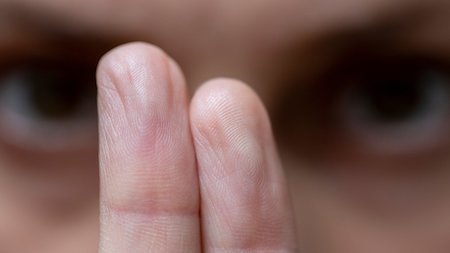Addiction Recovery: Breaking Free Using EMDR

Addiction is a widespread problem. It takes a toll on individuals, families, and communities, leaving a trail of destruction in its wake. While traditional addiction treatment methods have been helpful, there is a growing interest in alternative therapies that complement existing approaches. One such promising therapy for addiction is Eye Movement Desensitization and Reprocessing (EMDR).
Let’s explore how EMDR can be used in addiction recovery, helping individuals break free from substance abuse and find lasting recovery.
Understanding EMDR
Eye Movement Desensitization and Reprocessing is a therapy technique used to treat mental health conditions related to traumatic experiences. This therapy involves guiding individuals to move their eyes in specific patterns while they process distressing memories or traumatic experiences.
The goal of EMDR is to help individuals heal from trauma or other distressing life experiences by reducing the emotional intensity associated with these memories. Compared to other therapy methods, EMDR is relatively new but has gained recognition in psychotherapy.
Traditionally, psychotherapy takes years to have a significant impact. However, EMDR offers the benefits of psychotherapy in less time.
EMDR focuses briefly on the traumatic memory while experiencing bilateral stimulation, usually through eye movements. This dual attention to the traumatic memory and the bilateral stimulation helps reduce the vividness and emotional intensity associated with the traumatic memories.
This process is believed to allow reprocessing and integration of these distressing memories, leading to decreased emotional distress and improved overall well-being.
Research has shown that EMDR can effectively treat conditions such as:
- Post-traumatic stress disorder (PTSD).
- Phobias.
- Anxiety disorders.
- Depressive disorders.
- Addiction.
EMDR And Addiction Recovery
EMDR has shown promise as an effective therapy for addiction recovery. Addiction stems from past traumas; EMDR addresses this using bilateral stimulation on traumatic memories.
EMDR therapy effectively treats a wide range of addiction-related mental health problems, identifying concrete tools and solutions and treating long-term addiction. Research suggests that EMDR may reduce cravings for drugs or alcohol by helping individuals to recognize and work through emotional pain associated with addiction that they might not have been aware of.
In another study, individuals who received EMDR while undergoing drug addiction treatment showed greater progress in treatment and had higher rates of abstinence than those who did not.
As with any addiction treatment, incorporating EMDR into a comprehensive treatment plan is essential for long-term success. EMDR can be an effective therapeutic tool when combined with other evidence-based treatments and interventions such as counseling, support groups, and medication-assisted treatment.
The Process of EMDR in Addiction Therapy
In addiction therapy, the process of EMDR involves several stages. Here are some:
- History and Assessment: The therapist begins by gathering information about the individual’s addiction history, including any traumatic experiences that may have contributed to their addiction. They also assess the individual’s readiness for EMDR therapy.
- Establishing Safety and Coping Skills: Before delving into traumatic memories, the therapist helps the individual develop coping skills and emotional regulation techniques to ensure they feel safe and supported throughout the therapy process.
- Desensitization: During this phase, the individual focuses on the target memory while simultaneously engaging in bilateral stimulation. The therapist guides the individual through rapid eye movements, tapping, or auditory stimulation. Through it, they encourage the patient to process the associated emotions and thoughts.
- Installation: In this stage, the individual encourages positive beliefs and resources to replace the negative emotions and beliefs associated with the target memory. The therapist helps the individual reinforce adaptive and helpful beliefs about themselves.
- Body Scan: The therapist assists the individual in “scanning” their body to identify physical sensations associated with the target memory. This allows for further processing and release of stored trauma in the body.
- Closure and Reevaluation: At the end of each session, the therapist ensures the individual leaves in a stable and calm state, using techniques to promote relaxation and grounding. The individual is encouraged to journal any insights or shifts they experienced during the session.
Conclusion
EMDR provides a valuable addition to the arsenal of addiction recovery techniques. In fact, it has shown promise in reducing cravings, improving mood, and decreasing relapse rates. As research continues to unfold, EMDR has the potential to become an increasingly useful tool in addiction treatment.


Leave a Reply
You must be logged in to post a comment.